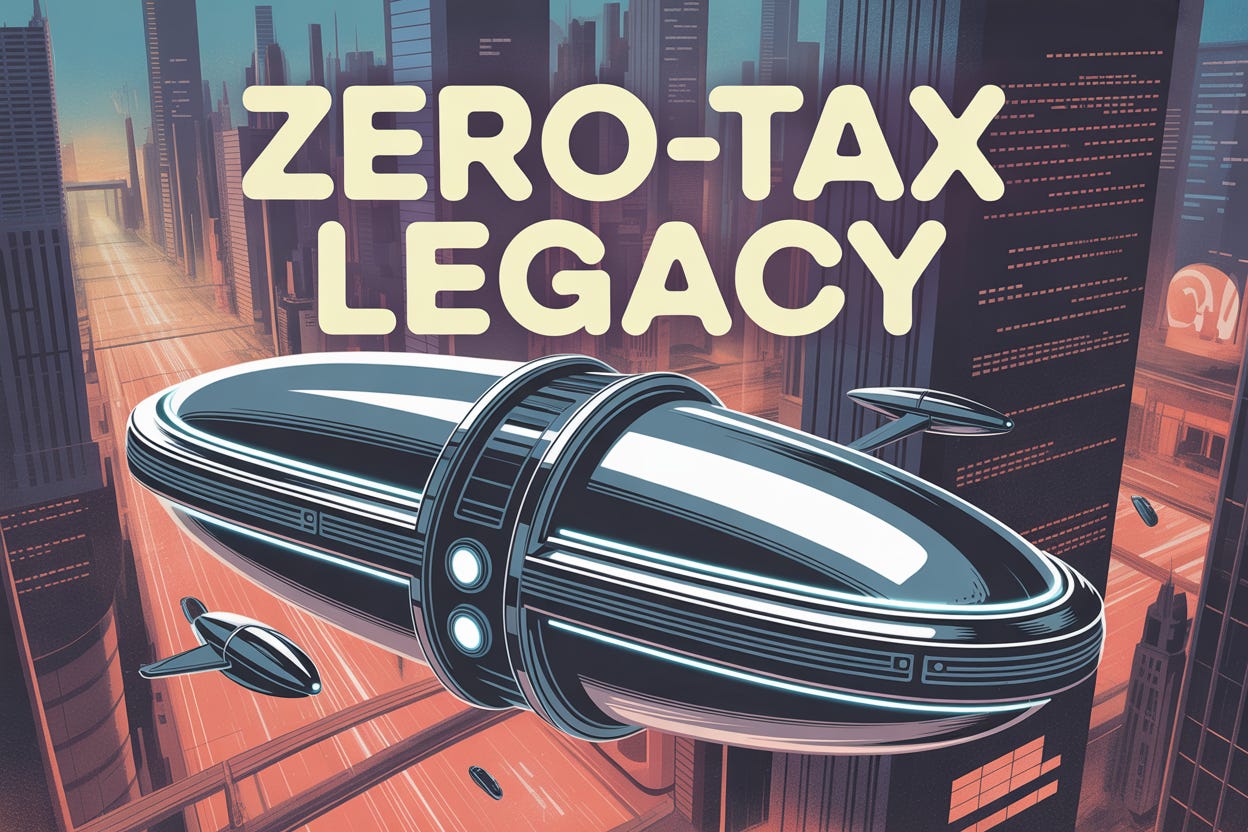The Step-Up in Basis Explained and Why It’s a Powerful Estate-Planning Tool
Turn Locked-In Appreciation Into Tax-Free Wealth—Before the 2026 Exemption Sunsets
If you’ve spent years compounding value inside a tech startup, a real-estate empire, or a portfolio of private LLCs, the single most valuable tax break you’ll ever get may arrive the day you die. Under current law, the step-up in basis resets the tax cost of most capital assets to their fair-market value at your death, wiping out decades of unrealized gain for your heirs.
Why does this matter right now?
The basic estate-tax exclusion is a record-high $13.99 million per person for 2025—but it is scheduled to fall by roughly half on January 1, 2026, when the Tax Cuts and Jobs Act (TCJA) sunsets. (irs.gov, investopedia.com)
Congressional scorekeepers peg the “exclusion of capital gains at death” at $62.1 billion in forgone revenue for FY 2024 alone, making it one of the most expensive preferences in the entire tax code.
A Death Tax Repeal Act moving through the 119th Congress would scrap the estate tax altogether while preserving the step-up, creating a potential once-in-a-generation window to lock in zero tax on embedded gains. (congress.gov)
New final regulations (September 16, 2024) impose stiff reporting penalties on executors and trustees who fail to give heirs (and the IRS) the correct stepped-up basis via Form 8971. (federalregister.gov)
Translation for busy founders: your next 12–18 months may decide whether your heirs keep or lose eight figures of equity to the Treasury. The deep dive below arms you with the complex data, real-world tactics, and legislative risk map you need to act before the rules change.
1. What the Step-Up Does
When someone dies, IRC §1014 steps up the basis of most capital assets to the date-of-death fair market value (FMV). The result: all pre-death appreciation disappears for income-tax purposes, and heirs inherit a fresh holding period. Sell the asset the next morning, and—absent estate tax—no federal capital-gains tax is due.
Hard number: at the 23.8 % federal top rate, erasing $10 million of built-in gain saves $2.38 million; in high-tax states like California, it often tops $3.5 million after state levies.
The Joint Committee on Taxation estimates that eliminating this single rule would raise more than $300 billion over the 2024-2028 budget window, a testament to its impact on high-growth families.





